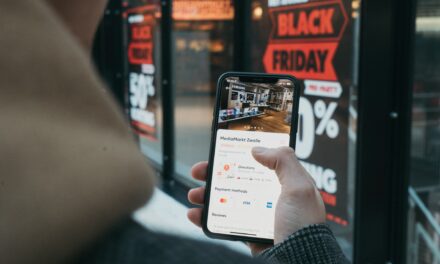The future of retailing is unfolding, and it’s hybrid—a combination of online shopping and in-person—and Kiwi retailers need to adapt fast and implement a multi-channel buying experience to remain relevant in the marketplace.
Mark Presnell, the CEO of Convergence, a specialist in eCommerce integration, says the new model combines online and offline shopping, putting pressure on retailers to offer a seamless and convenient engagement.
“It is not uncommon for New Zealanders to place an order online while at work and then swing by on their way home to collect their purchase—a variation of the ‘click and collect model’ that is becoming mainstream.
“However, now more than ever, it is important to put in place measures that build and maintain a personal connection with customers. Some of the bigger stores have large lockers outside, so there is no human contact. This makes it too impersonal.”
Presnell says a better way is to ensure a human connection that makes the best use of technology and the people-to-people connection.
“I recently purchased a water blaster online. When I turned up to collect my purchase, the staff member offered to show me how it worked. It’s a great example of how retailers should think because relationships are still the most powerful way to retain customers.”
Presnell says Customer Data Platforms (CDP)s can now connect customer profiles across the shopping experience where they have multiple email addresses and phone numbers.
“Somebody may have work and personal email addresses and use both for shopping (even different telephone numbers). The customer data platform will join the dots, making injecting the human element into the transaction easier.
“It would not be good for a regular customer to be treated as a first-time customer. The CDP software enables a service assistant to see the customer’s buying history and open a conversation.”
He advises using technology and human connection to create a better customer experience.
1. Use technology to create person-to-person opportunities
Presnell says that moving the transaction process online (the selection of products and payment), frees retail shop assistants and sales representatives to be more conversational and relational with clients—it is not an excuse to take the human element out of the process.
2. Ensure a seamless experience
“A seamless shopping experience, integrating such elements as a timeline and texting when an order is ready, means you can begin to differentiate your business by offering customers benefits like a 60-minute turnaround guarantee,” Presnell says.
3. Connect your people with the data
Presnell says in an age when retailers have more customer data than ever, it’s strange that so many are trying to make the shopping experience as impersonal as possible.
“Find ways to connect at the human level. For example, if somebody buys a product online, you can show the customer how to use the product at collection time. Also, make your data available to frontline staff to improve their ability to engage person-to-person.”
For more information, visit https://convergence.co.nz/
Ends.













